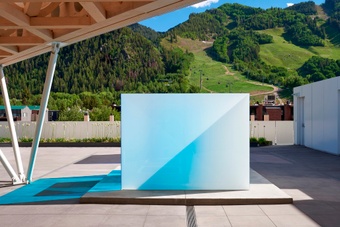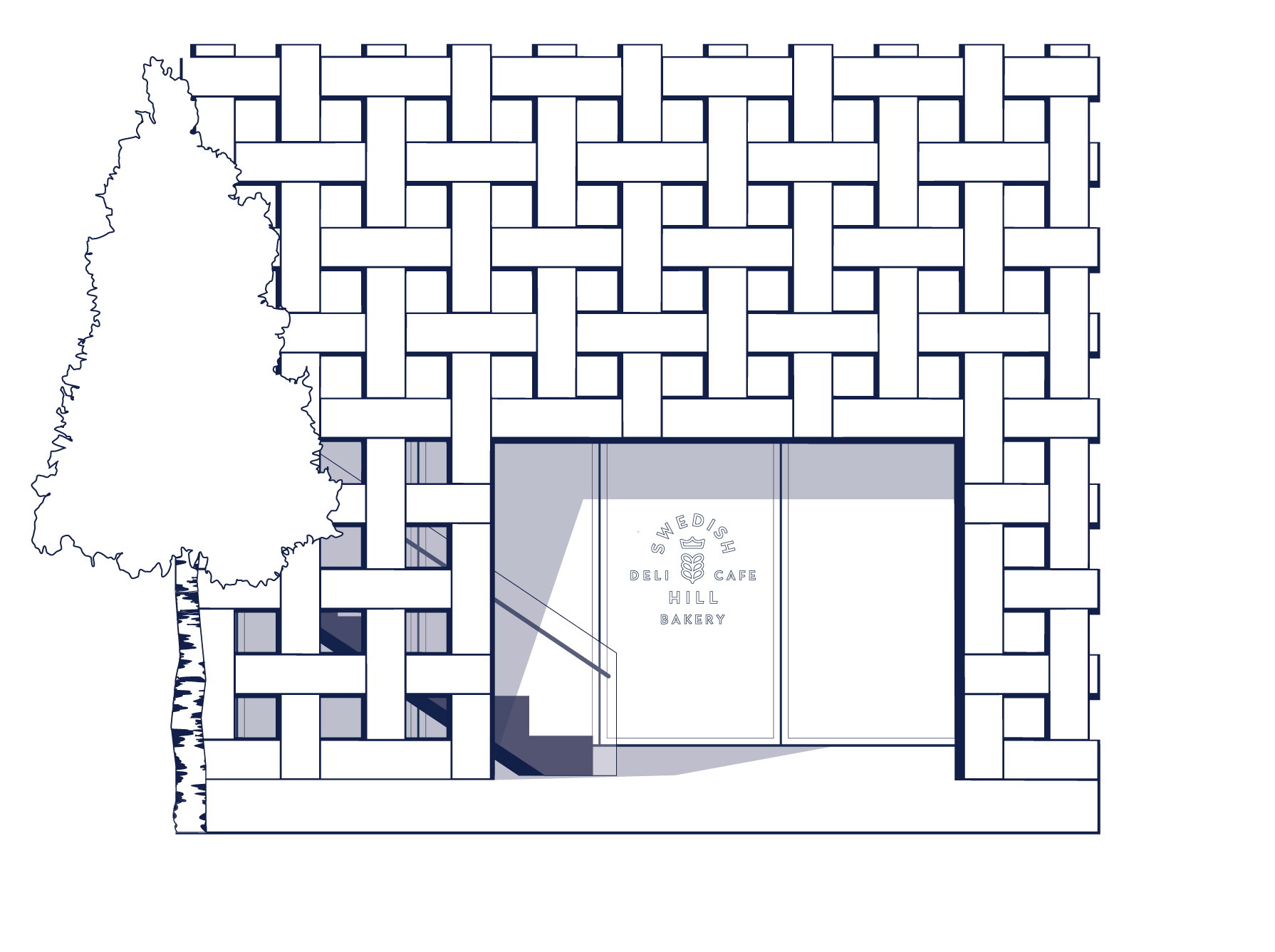Aspen Art Museum
Current Exhibitions
- Categories
- All events
- Talks and Lectures
- Member Events

- For more information on how you can join the AAM, please visit the Street Level Visitor Information Desk, inquire in the Shop, or call 970.925.8050.

- Swedish Hill Aspen is open on our Rooftop from 8AM–3PM

- Aspen Art Museum is an artist-founded institution dedicated to supporting artists in the development of bold ideas to shape our museum and the field of art today.
Related Media
Related Artists
“Scratching the Surface”
Introduction
This project aims to exhibit how layers come through to the surface via the process of uncovering in unexpected ways. This project might best be done with young children who like to experiment with materials. Children of all ages can transform materials, and older children, especially, can be engaged by discovering through collage and “adding” to the picture by subtracting from the surface.
Demonstrate to kids that sometimes the art process involves subtraction, undoing, or taking away, rather than always adding, to create something new. This can illustrate that a surface often involves multiple layers that can be formed and revealed through time and physical processes. It can also be used to demonstrate concepts like “on top of” and “underneath,” encouraging an understanding of “layers.”
STEP 1
Gather materials for the collage:
Base
• Paper for the base of the collage: poster paper, heavy construction paper, oak tag, corrugated cardboard, cardboard found in shirt packaging, or any other type of stiff paper
Collaging
• Magazine pages with text or image
• Pieces of wrapping paper or other colorful papers from cards and notes
• Acetate or any hard, transparent plastics that are available
• Strips of fabric
• Colored or patterned tape
• Glue sticks
• Tape (optional for edges)
Surface
• Tinfoil
• A scratching tool: chopsticks, popsicle sticks, tongue depressors, or dead ball-point pens
STEP 2
Have students begin by making a collage on the stiff cardboard or paper base.
Encourage an abstract collage of their choice, filling the entire base in layers of text, colors, transparent materials, and/or cloth strips.
Layer up and glue down all of the materials onto the surface, making sure none of the background’s base shows through.
Once the collage is dry, have students cover the collage with a sheet of aluminum foil so that it completely hides the collage, wrapping the tinfoil around the back of the collage and folding the edges over.
The edges can be secured with glue or tape if desired.
STEP 3
Have the students delicately begin to scratch (like a scratch card or a lotto ticket) into the surface of the tinfoil with the scratching tool.
Ask them to scratch delicately, as if they are an archaeologist searching for the layers below, or an animal delicately scratching the bark of a tree or earth to hunt for food. Encourage them to notice the marks they make while using their tool to scratch the surface…is it a squiggly mark? A “scritchy-scratchy” mark? A hatch mark?
Encourage students to reveal the underlying colors, patterns, and texts so they’re actually “drawing” into the surface, not violently ripping it. While using the scratching tool, the tinfoil will inevitably tear, partially revealing the imagery in the underlying collage. This “re-appearing” imagery can look new and unfamiliar. Encourage kids to reveal it like little “windows” or “clues” rather than rip off the tinfoil.
The picture can be rotated any way during the process. Encourage students to examine the process while engaged to see it as revealing what is “underneath” in a surprising way.
By scratching away at the surface, they can experiment with revealing shapes and partial images to create a unique picture. The resulting collage will combine surface texture and multiple layers beneath, maybe some of the original backing layer.
STEP 4
The final collage can ideally portray a surface that is thoroughly “worked” in terms of an abstract image that balances a shiny, scratchy surface “drawing” with bits of text, partial images, and colors peeking through. Have a discussion that considers an ancient wall that reveals the many layers of human presence.
Ultimately, this art project can be additive and subtractive, as students can continue, if they choose, to add items on top of the multi-surfaced collage.
AAM education programs are made possible by the Questrom Education Fund.
AAM exhibitions are made possible by the Marx Exhibition Fund. General exhibition support is provided by the Toby Devan Lewis Visiting Artist Fund.
Support for Cheryl Donegan’s residency and exhibition is provided by the Gabriela and Ramiro Garza Distinguished Artist in Residence Fund. Additional support is provided by the AAM National Council.
Related Exhibition
free courtesy
Amy & John Phelan
- Aspen Art Museum
- 637 East Hyman Avenue
- Aspen, Colorado 81611
- t: 970.925.8050
- f: 970.925.8054
- info@aspenartmuseum.org
| Hours |
|
Tuesday–Sunday, 10 AM–6 PM
Closed Mondays
|
© 2024 Aspen Art Museum
General operating support is provided by Colorado Creative Industries. CCI and its activities are made possible through an annual appropriation from the Colorado General Assembly and federal funds from the National Endowment for the Arts.



General operating support is provided by Colorado Creative Industries. CCI and its activities are made possible through an annual appropriation from the Colorado General Assembly and federal funds from the National Endowment for the Arts.












